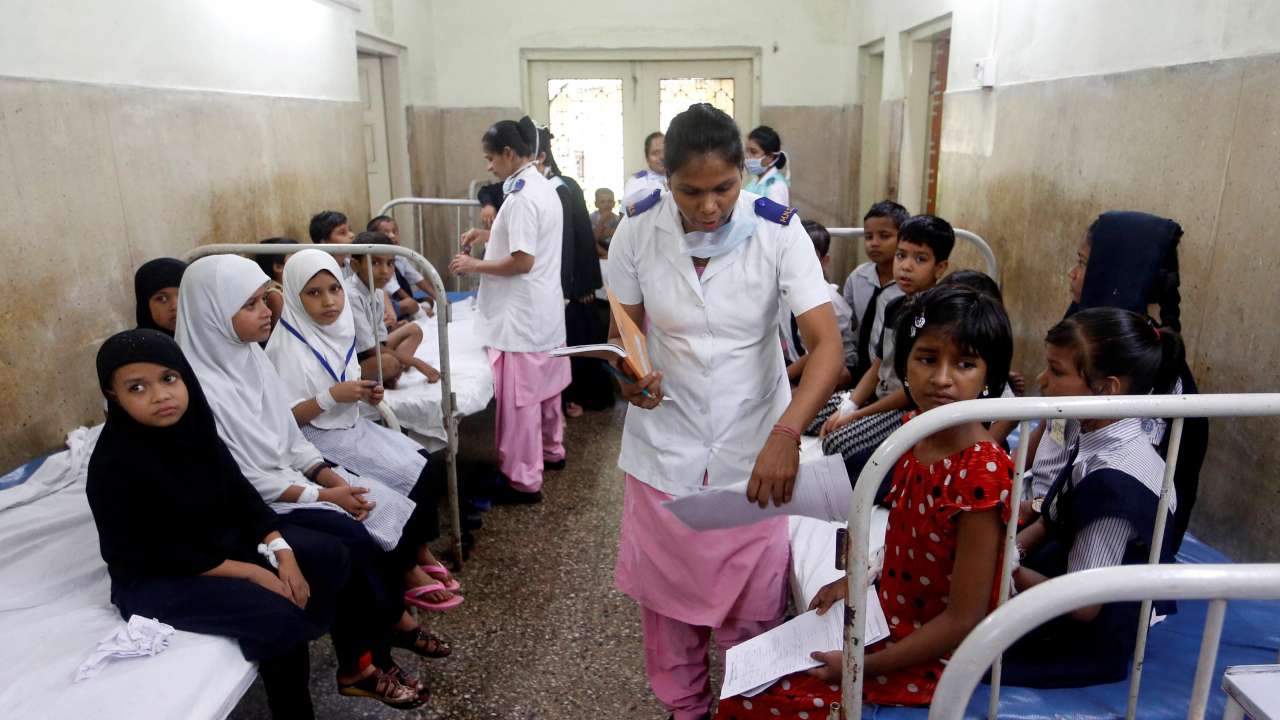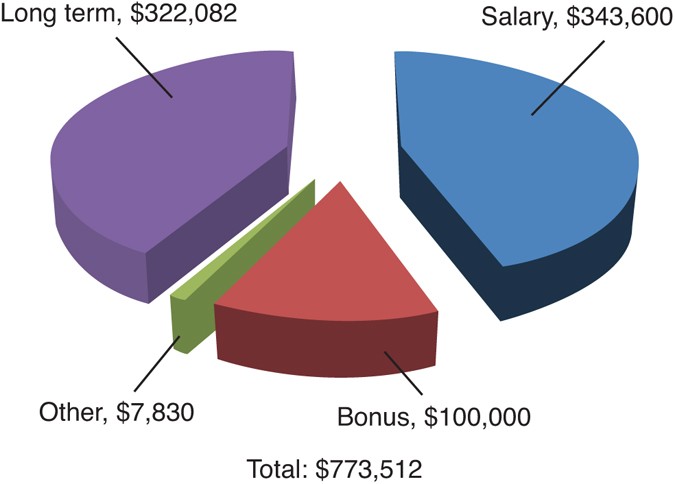- Select a language for the TTS:
- UK English Female
- UK English Male
- US English Female
- US English Male
- Australian Female
- Australian Male
- Language selected: (auto detect) - EN
Play all audios:
ABSTRACT Advances in our knowledge of age-associated diseases have far outpaced advances in our understanding of the fundamental ageing processes that underlie the vulnerability to these
pathologies. If we are to increase human life expectancy beyond the fifteen-year limit that would result if today's leading causes of death were resolved, more attention must be paid to
basic research on ageing. Determination of longevity must be distinguished from ageing to take us from the common question of why we age to a more revealing question that is rarely posed:
why do we live as long as we do? But if the ability to intervene in ageing ever becomes a reality, it will be rife with unintended and undesirable consequences. Access through your
institution Buy or subscribe This is a preview of subscription content, access via your institution RELEVANT ARTICLES Open Access articles citing this article. * HAND GRIP STRENGTH
VARIABILITY DURING SERIAL TESTING AS AN ENTROPIC BIOMARKER OF AGING: A POINCARÉ PLOT ANALYSIS * Elena Ioana Iconaru * & Constantin Ciucurel _BMC Geriatrics_ Open Access 13 January 2020
ACCESS OPTIONS Access through your institution Subscribe to this journal Receive 51 print issues and online access $199.00 per year only $3.90 per issue Learn more Buy this article *
Purchase on SpringerLink * Instant access to full article PDF Buy now Prices may be subject to local taxes which are calculated during checkout ADDITIONAL ACCESS OPTIONS: * Log in * Learn
about institutional subscriptions * Read our FAQs * Contact customer support REFERENCES * Anderson, R. N. _ US Decennial Life Tables for 1989–91_ Vol. 1, No. 4, 7–8 (National Center for
Health Statistics, Hyattsville, MD, 1999). Google Scholar * Hobbs, F. B. & Damon, B. L. _65+ in the United States_ (US Bureau of the Census Current Population Reports, Special Studies
P23-190) 3–9 (US Government Printing Office, Washington DC, 1996). Google Scholar * Anderson, R. N. _ US Decennial Life Tables for 1989–91_ Vol. 1, No. 4, 6 (National Center for Health
Statistics, Hyattsville, MD, 1999). Google Scholar * Hayflick, L. How and why we age. _Exp. Gerontol._ 33, 639 –653 (1998). Article CAS Google Scholar * Hayflick, L. _ How and why we
age_ (Ballantine Books, New York, 1996 ). Google Scholar * Hayflick, L. The illusion of cell immortality. _Brit. J. Cancer_ 83 , 841–846 (2000). Article CAS Google Scholar * Klapper, W.
_ et al_. Longevity of lobsters is linked to ubiquitous telomerase expression . _FEBS Lett._ 439, 143–146 (1998). Article CAS Google Scholar * Klapper, W., Heidorn, K. Kuhne, K.,
Parwaresch, R. & Krupp, G. Telomerase activity in “immortal” fish. _ FEBS Lett._ 434, 409–412 (1998). Article CAS Google Scholar * Anderson, R. N. _ United States Life Tables_ (1997
National Vital Statistics Reports Vol. 47, No. 28) 28 (Centers for Disease Control and Prevention, National Center for Health Statistics, 1999). Google Scholar * Hayflick, L. New approaches
to old age. _Nature_ 403, 365 (2000). Article ADS CAS Google Scholar * Anderson, R. N. _ United States Life Tables_ (1997 National Vital Statistics Reports Vol. 47, No. 28) 32– 33
(Centers for Disease Control and Prevention, National Center for Health Statistics, 1999). Google Scholar * Crimmins, E. M., Hayward, M. D. & Saito, Y. Changing mortality and morbidity
rates and the health status and life expectancy of the older population. _Demography _ 31, 159–175 ( 1994). Article CAS Google Scholar * Roth, G. S., Ingram, D. K. & Lane, M. A.
Calorie restriction in primates: will it work and how will we know? _J. Am. Geriatr. Soc._ 47, 896–903 (1999). Article CAS Google Scholar * United States Bureau of the Census. _
Population Projections of the United States by Age, Sex, Race and Hispanic Origin: 1995 to 2050_ (Current Population Reports P25-1130) (US Government Printing Office, Washington DC, 1996). *
Wade, A. _ Social Security Mortality Projections_ (1991 Trustees Report) (United States Social Security Administration, Washington DC, 1991). Google Scholar * Tuljapurkar, S., Nan, L.
& Boe, C. A universal pattern of mortality decline in the G7 countries. _ Nature_ 405, 789–792 ( 2000). Article ADS CAS Google Scholar Download references AUTHOR INFORMATION AUTHORS
AND AFFILIATIONS * Department of Anatomy, School of Medicine, University of California at San Francisco, PO Box 89, The Sea Ranch, 95497, California, USA Leonard Hayflick Authors * Leonard
Hayflick View author publications You can also search for this author inPubMed Google Scholar CORRESPONDING AUTHOR Correspondence to Leonard Hayflick. RIGHTS AND PERMISSIONS Reprints and
permissions ABOUT THIS ARTICLE CITE THIS ARTICLE Hayflick, L. The future of ageing. _Nature_ 408, 267–269 (2000). https://doi.org/10.1038/35041709 Download citation * Issue Date: 09 November
2000 * DOI: https://doi.org/10.1038/35041709 SHARE THIS ARTICLE Anyone you share the following link with will be able to read this content: Get shareable link Sorry, a shareable link is not
currently available for this article. Copy to clipboard Provided by the Springer Nature SharedIt content-sharing initiative







